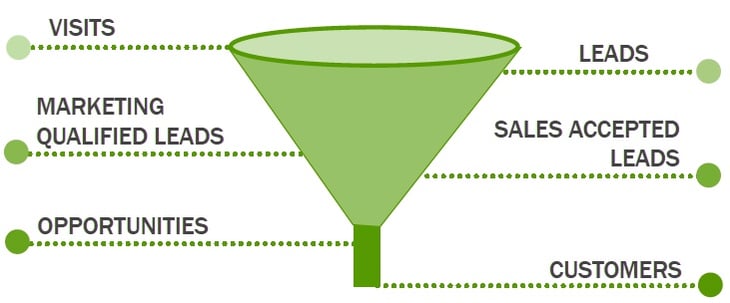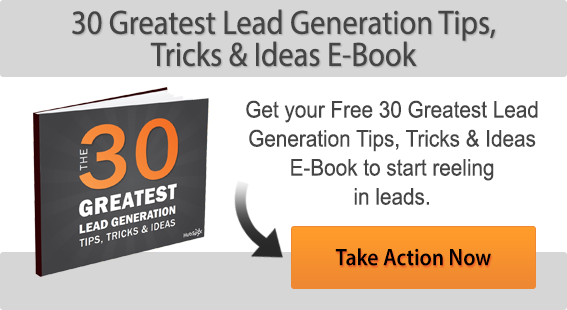What Is A Lead Generation Funnel And Why Should You Understand It?

The most critical part of any business development strategy is to establish how the business will generate leads. Sales and marketing efforts must be targeted strategically to ensure that the business can continue to grow and to develop new sources of customers.
One term that is frequently seen in sales and marketing training collateral is the “lead generation funnel”. This term refers to a particular strategy for starting lead generation efforts and for converting leads into business. It can be a useful tool for marketing managers and sales executives to use to develop their lead generation strategy.
How does a lead generation funnel work?
Much like a physical funnel in real life, a lead generation funnel works by taking a large number of potential prospects and whittling them down to converted leads. Each step of the tunnel moves the prospects further towards being paying customers. Let’s take a look at the different steps involved:
Raising Awareness
The first step of the lead generation funnel is awareness. This is done through email marketing, social media outreach, SEO efforts, content marketing and advertising, and calls that the sales team will make to their leads. It is key that at this stage, interest is piqued but no fixed attempts at getting contact details are made, as this may scare off some potential leads. This initial stage is to cast a wide net of awareness, and to drive traffic.
Gather the data
The next step is to collate all the data. This will usually be names and emails from the contacts that sales managers and marketers have made from their awareness efforts. This forms a database of potential contacts; they are still potential as they have not yet been engaged. The only contact will have been to gain permission to communicate with the potential lead and to market to them.
Engage your prospects
The following step is engagement. This is where the business encourages engagement from the database of prospects. This may be signing up for a newsletter, or attending an online-only event such as a webinar, or downloading material such as an eBook. This step of engagement is critical for retaining leads further on, as if they do not engage in this stage, they are unlikely to move further down the lead generation funnel as they will be less open to communication.
Lead Scoring
If a contact passes through this stage of the funnel and engages with the outreach efforts outlined above, this initiates the next step of the lead generation funnel. At this stage, sales and marketing managers can do research to establish whether a lead has potential, or whether the contact is unlikely to progress any further with their interest. This may work through “lead scoring”, where managers determine the proximity of a lead to their ideal target.
Direct marketing and sales approaches
The final step is to market to the leads that are worth pursuing. The lead will likely have shown a high level of interest in your products or business, and will fit the ideal profile the business would like to target. Marketing directly to this lead will involve focused marketing materials, such as emails or other calls to action by the sales team, which should result in a lead being converted as the campaign will be thoroughly targeted to the lead in question.
Steps in the lead generation funnel can be repeated or altered depending on each business’ needs, but in theory the lead generation funnel should work for everyone. It is important that during each step, measurements of key performance indicators are taken, such as the number of leads generated and how successful the marketing campaigns are at retaining the leads and converting them. The lead engagement funnel does require effort and cost, but it is a worthwhile method of narrowing down potential leads and converting them into real clients and customers. You can read more about lead generation tips and techniques by browsing past articles on our blog here.


